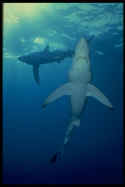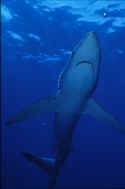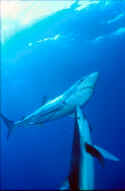








Great White, Mako, Blue, Gray Reef, Hammerhead, Nurse & Black Tip Sharks
Limited Edition Signed color photography for sale by Stephen Brunson.
Digital stock photography for publication, commercial use and all other media for sale.
Click on picture for more detail






























BrunsonImages@att.net